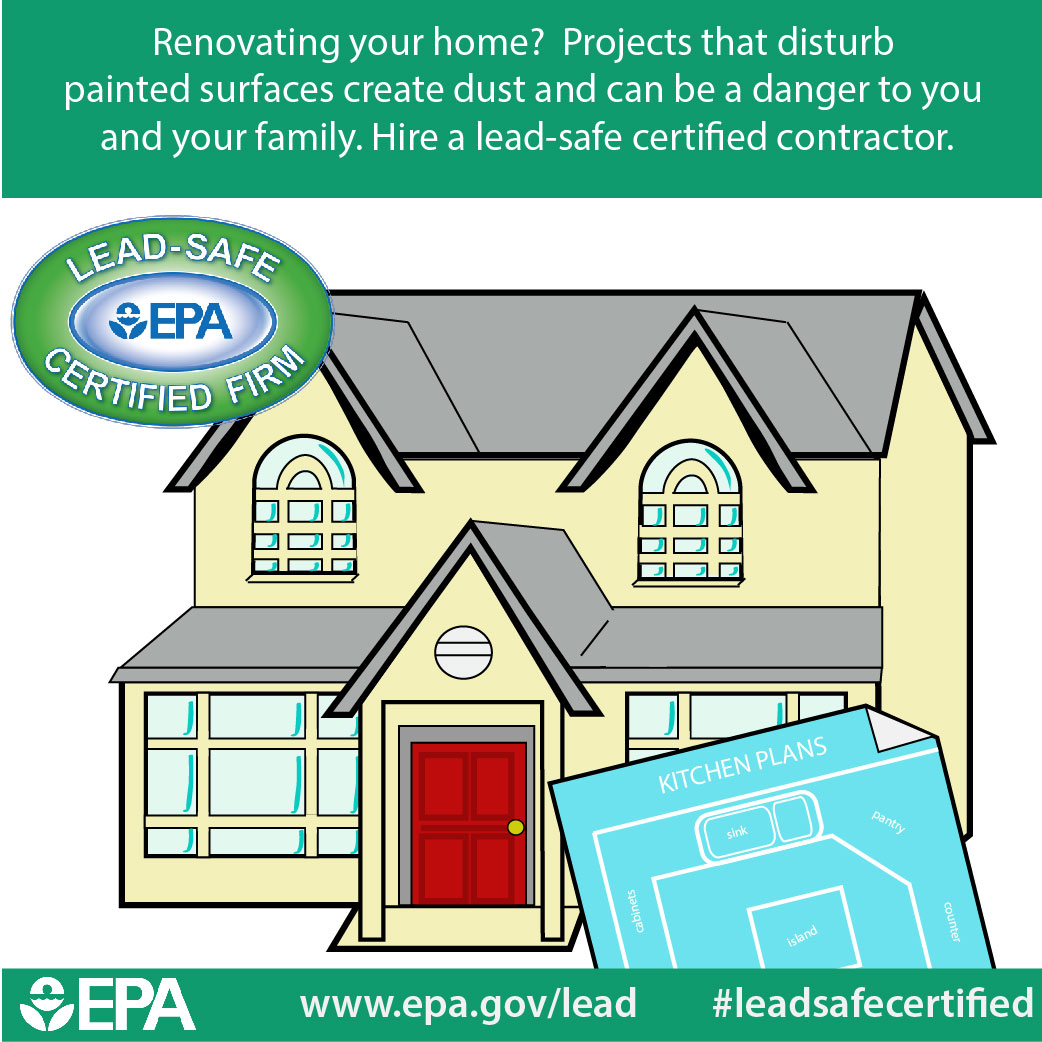Aspects To Think About For Industrial Outside Paint By Season: Essential Information You Need To Have
Aspects To Think About For Industrial Outside Paint By Season: Essential Information You Need To Have
Blog Article
Material Writer-Burnham Browne
When you're preparing a commercial external paint job, seasonal variables can make or damage your results. You'll wish to take into consideration how temperature and moisture effect paint application and drying out times. Choosing the appropriate season can guarantee your paint sticks correctly and lasts much longer. But which periods are really the very best for this type of work? Allow's explore the key elements that can influence your project's success.
The Impact of Temperature on Paint Application
When you're intending a business exterior paint task, the temperature can significantly affect exactly how well the paint adheres and dries out.
Preferably, you wish to paint when temperatures vary in between 50 ° F and 85 ° F. If it's too chilly, the paint might not treat effectively, causing issues like peeling or breaking.
On the other side, if it's also warm, the paint can dry out too swiftly, stopping appropriate attachment and leading to an unequal finish.
You need to additionally take into consideration the time of day; early morning or late afternoon offers cooler temperatures, which can be more positive.
Constantly inspect the manufacturer's referrals for the certain paint you're making use of, as they frequently give guidance on the suitable temperature array for optimum outcomes.
Moisture and Its Result on Drying Times
Temperature isn't the only environmental element that affects your industrial outside paint task; moisture plays a considerable role also. High humidity degrees can slow down drying out times substantially, impacting the total top quality of your paint task.
When the air is filled with dampness, the paint takes longer to treat, which can result in problems like inadequate attachment and a greater danger of mold growth. If you're repainting on a particularly damp day, be gotten ready for prolonged delay times between layers.
It's crucial to keep an eye on regional climate condition and strategy as necessary. Preferably, aim for moisture levels between 40% and 70% for optimal drying out.
Maintaining these factors in mind ensures your job stays on track and provides a lasting coating.
Best Seasons for Commercial Outside Paint Projects
What's the very best time of year for your industrial external paint tasks?
Spring and very early autumn are commonly your best options. During these seasons, temperatures are moderate, and moisture levels are typically lower, developing excellent conditions for paint application and drying.
Avoid Recommended Web site , which can cause paint to completely dry too rapidly, causing poor bond and coating. In a similar way, winter season's chilly temperatures can prevent correct drying out and treating, risking the long life of your paint work.
Go for days with temperatures in between 50 ° F and 85 ° F for optimal results. Keep in mind to inspect the neighborhood weather report for rainfall, as wet problems can ruin your job.
Planning around these elements guarantees your paint job runs smoothly and lasts longer.
Conclusion
To conclude, preparing your commercial outside paint tasks around seasonal considerations can make a considerable distinction in the end result. By organizing mouse click the up coming website during the excellent temperature levels and moisture levels, you'll ensure far better bond and drying times. Keep in mind to keep an eye on local weather report and pick the correct time of year-- springtime and very early fall are your best choices. Taking these steps will certainly aid you accomplish a sturdy and professional surface that lasts.
